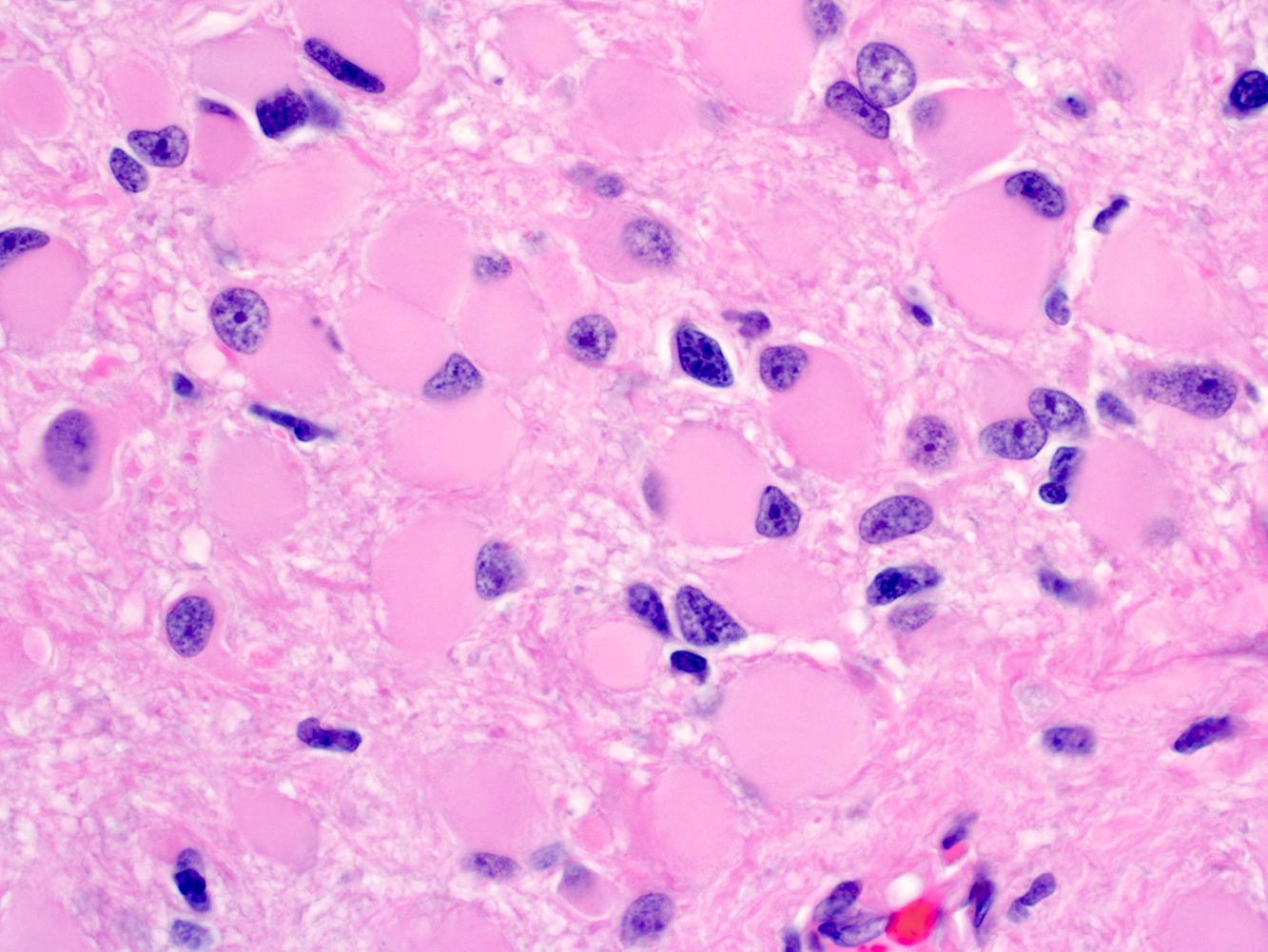The goal of our cancer precursor project is to better understand how cancer arises by compiling a regularly updated spreadsheet of all distinct human cancers (now ~1230) and their premalignant precursors (now ~190).
Malignant change is due to self organized criticality, which describes catastrophic events such as earthquakes, stock market crashes and malignant transformation. It is nature’s way of making large changes based on individual factors often thought too trivial to consider (Bak 1999). For example, in the punctuated equilibrium of species, one sees prolonged periods of apparent stasis (i.e., no new species), followed by bursts of new species (Eldredge & Gould 1972). During the quiet periods, minor changes accumulate that may not be noticed. Similarly, under the influence of cancer risk factors or random events, human biological networks may have prolonged periods of minor changes with no apparent clinical or microscopic changes, followed by bursts of activity leading to premalignant precursors or frank malignancy (Cross 2016, Pernick 2023).
We propose that premalignant precursors may be relatively stable based on the attractor concept and have distinctive molecular patterns that may or may not be identifiable histologically (Pernick 2018).
Glioblastoma, IDH wild type is the most common primary brain tumor in adults (primary in this context means not representing metastatic disease). It accounts for 14% of all primary central nervous system (CNS) tumors and 49% of all malignant CNS tumors in adults (Ostrom 2021).
Although we believe that most malignancies have a premalignant precursor lesion, to our knowledge, none have been identified for primary glioblastoma or any primary CNS tumor.
What might a glioblastoma premalignant precursor look like? We suggest it may have milder features of glioblastoma but in a nonmalignant context.
Read the full essay at pathologyoutlines.com/dw/Cancerprecursorproject-Premalignantprecursorsforglioblastoma.pdf.
